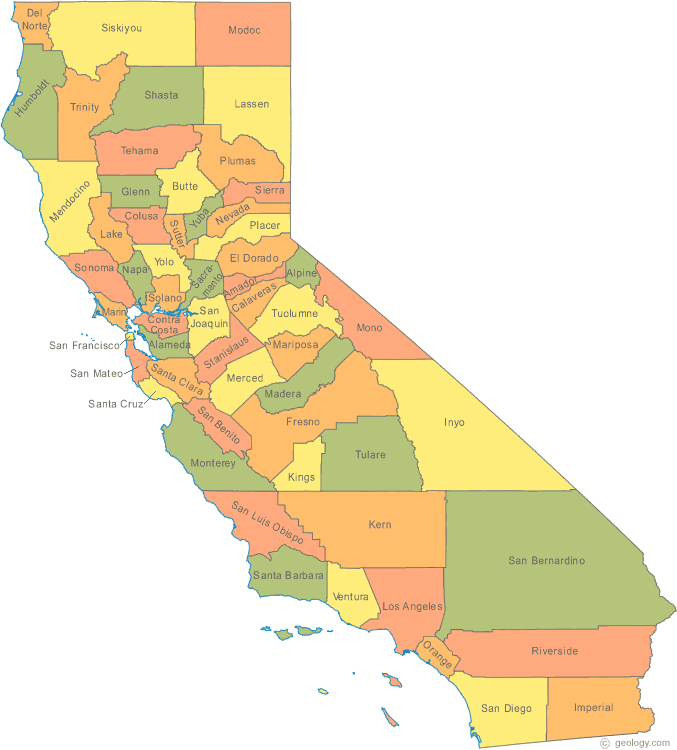Defense Secretary Leon Panetta signed an order that sends Patriot missiles to NATO ally Turkey to defend its border with Syria. The US will also deploy about 400 Americans to operate the missiles. NBC’s Ayman Mohyeldin reports.
Updated at 7:20 a.m. ET: INCIRLIK AIR BASE, Turkey — Defense Secretary Leon Panetta signed an order Friday to send two Patriot missile batteries to Turkey to protect it from rounds crossing the border from Syria.
The order includes 400 American personnel to operate the batteries.
“We are deploying two patriot batteries here to Turkey along with the troops that are necessary to man those batteries, so that we can help Turkey have the kind of missile defense it may very well need in dealing with threats that come out of Syria,” Panetta told the troops at Incirlik Air Base in southern Turkey.
Turkey, a NATO member, has repeatedly scrambled jets along the countries’ 560-mile joint frontier and responded in kind when shells from the 20-month-old Syrian conflict came down inside its borders, fanning fears that the civil war could spread to destabilize the region.
Abir Sultan / EPA, file
A Patriot anti-missile battery is shown during joint U.S.-Israeli military exercises near Jerusalem in October. Defense Secretary Leon Panetta announced Friday that the United States had agreed to send two Patriot batteries to NATO ally Turkey to protect from shells crossing over from fighting in neighboring Syria.
Photos: Destruction, resistance in war-torn Syria
The widely expected decision follows similar steps by Germany and the Netherlands, which are also sending Patriot batteries.
The three countries are the only NATO countries with the most modern type of Patriots and each had to approve separately its own commitment.
US: Concerns about chemical weapons
In his most explicit comment so far on intelligence suggesting Syria was considering the use of chemical weapons, Panetta told the troops that U.S. intelligence suggested “they had in fact moved to begin to arm weapons that would involve … the use of chemical and biological material.”
He said that was why President Barack Obama had publicly warned Syria not to use chemical weapons.
Panetta spokesman George Little declined to say where the U.S. Patriot batteries would be located and said the systems would be deployed to Turkey for an unspecified length of time.
The ancient, once-bustling city has been devastated by war and even health clinics are forced to operate in secrecy to avoid being bombed. NBC’s Richard Engel reports.
He acknowledged that the move was a symbolic show of force.
“The purpose of this deployment is to signal very strongly that the United States, working closely with our NATO allies, is going to support the defense of Turkey, especially with potential threats emanating from Syria,” Little told reporters.
Assad regime losing control of Syria to rebels, his ally Russia says
“We expect them to be deployed in the coming weeks,” he added.
NATO approved Turkey’s request for air defense batteries on Dec. 4, in a move meant to calm Ankara’s fears of an attack, possibly with chemical weapons, from Syria.
The Patriot system is designed to intercept aircraft or missiles. NATO says the measure is purely defensive, but Russia, Syria and Iran have criticized the decision, saying it increases regional instability.
Complete World coverage on NBCNews.com
U.S. troops at the base the Turkish border with Syria asked Panetta whether he believed Assad’s government would respond negatively to the new Patriot systems.
“We have to act to do what we have to do to make sure that we defend ourselves and that Turkey can defend itself against that,” Panetta said.
Reuters contributed to this report.
More world stories from NBC News:
- ANALYSIS: Egypt’s military keeps close eye on politics
- EXCLUSIVE: Susan Rice drops out of running for secretary of state
- North Korean progress on nuclear arms, long-range missiles rattle U.S. and allies
- ‘Who is my Mandela?’ South Africans consider icon’s place in a changing world
- Google+ Hangout from Egypt with NBC News’ Ayman Mohyeldin
- Royal prank call: Duped nurse was found hanging, also had wrist injuries




